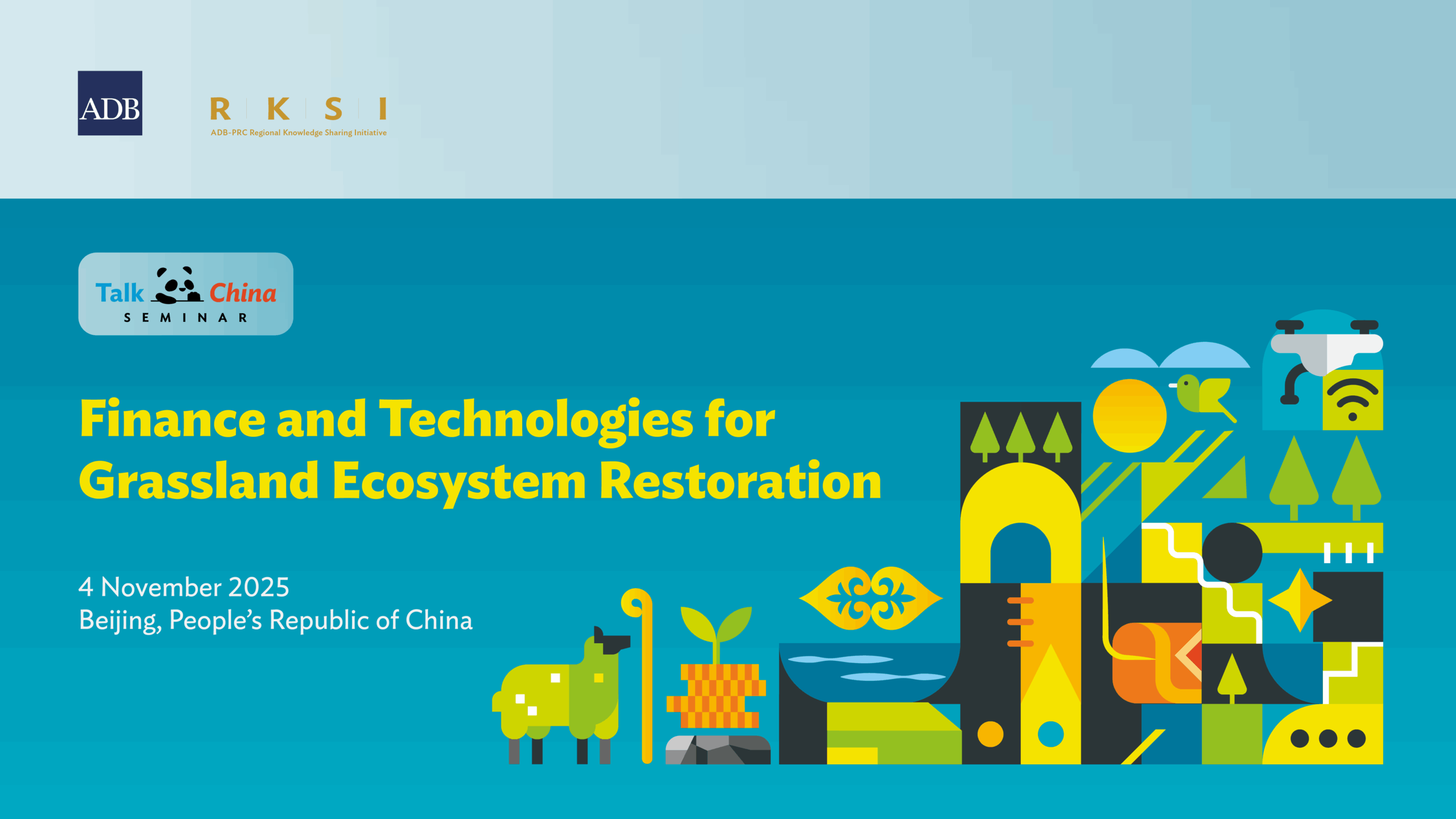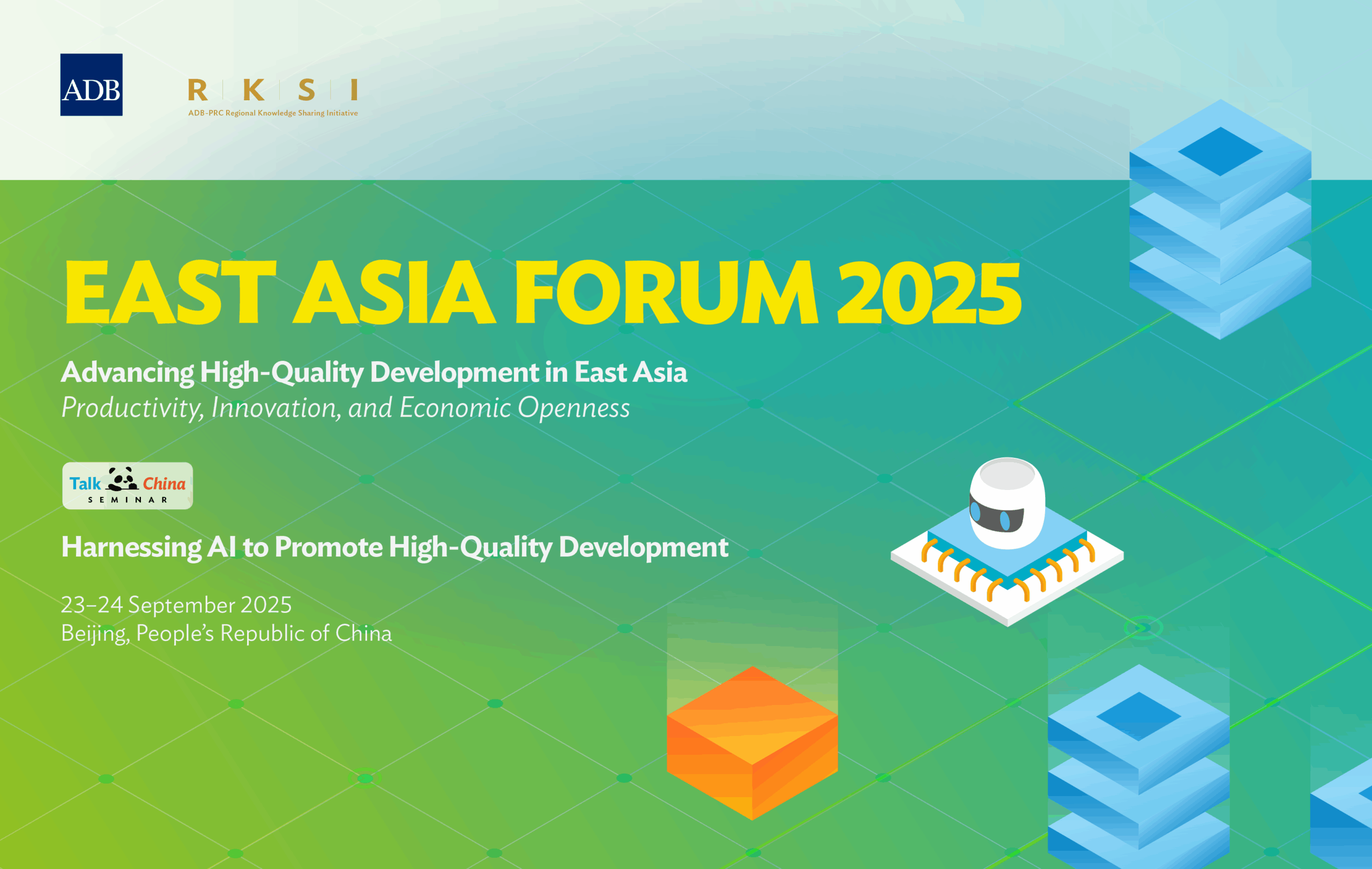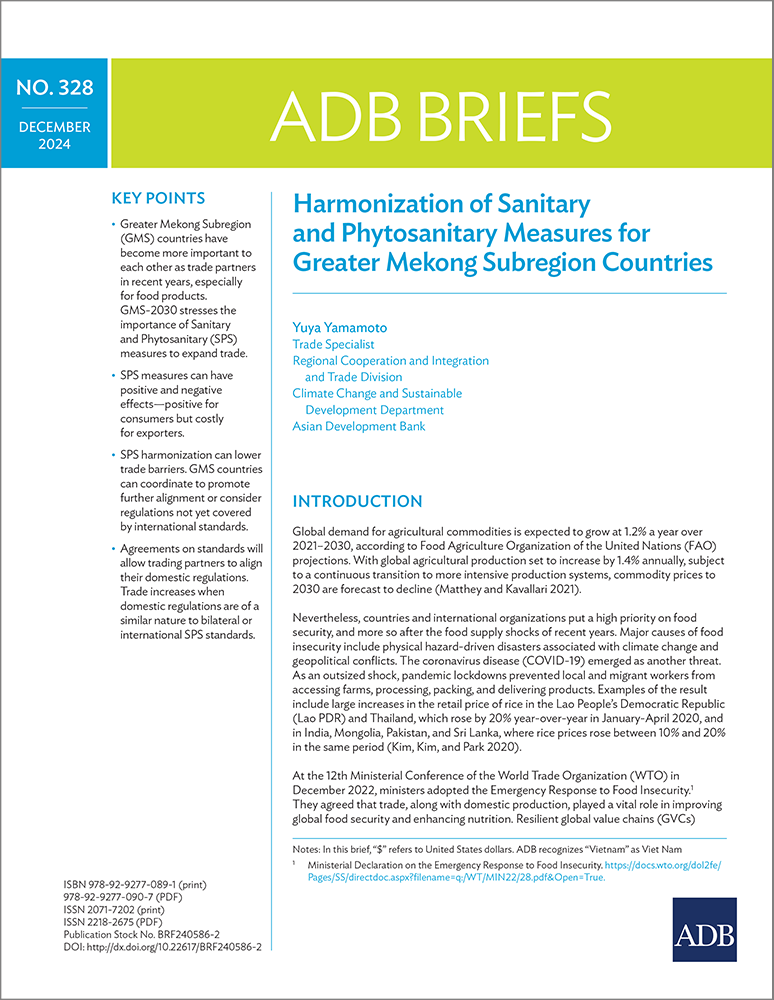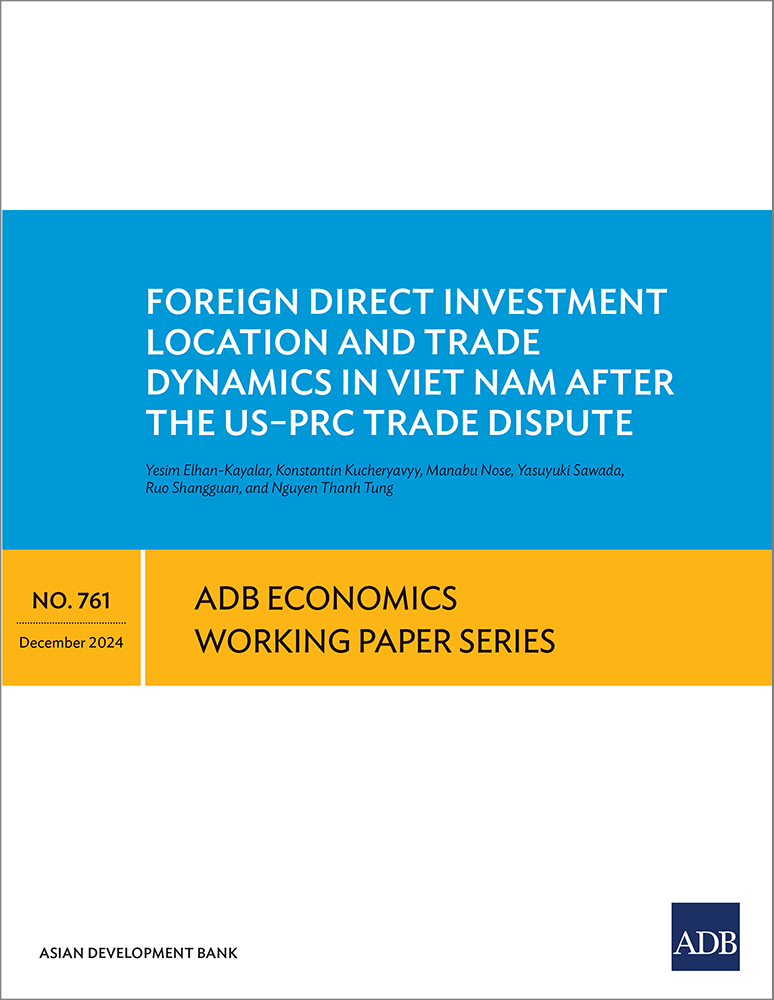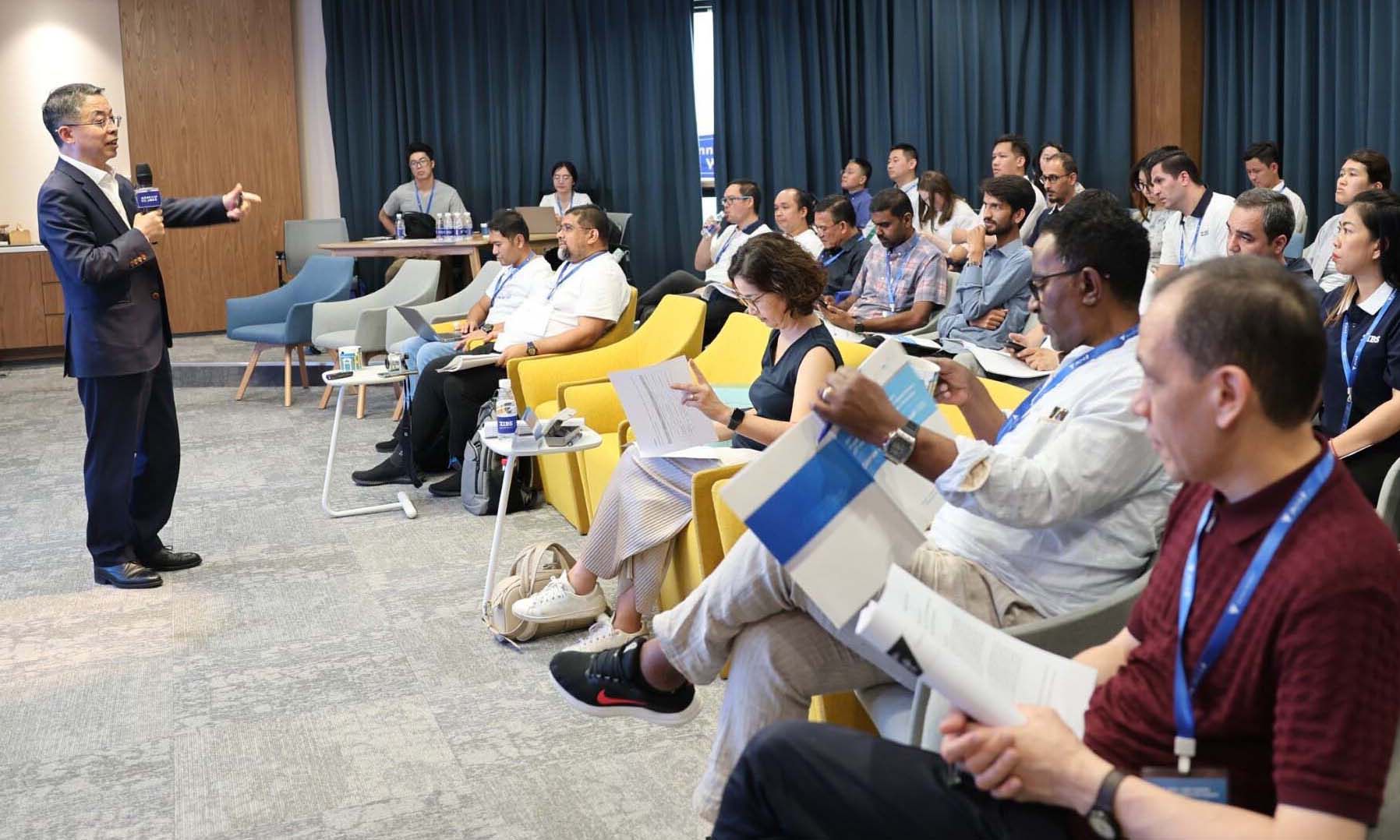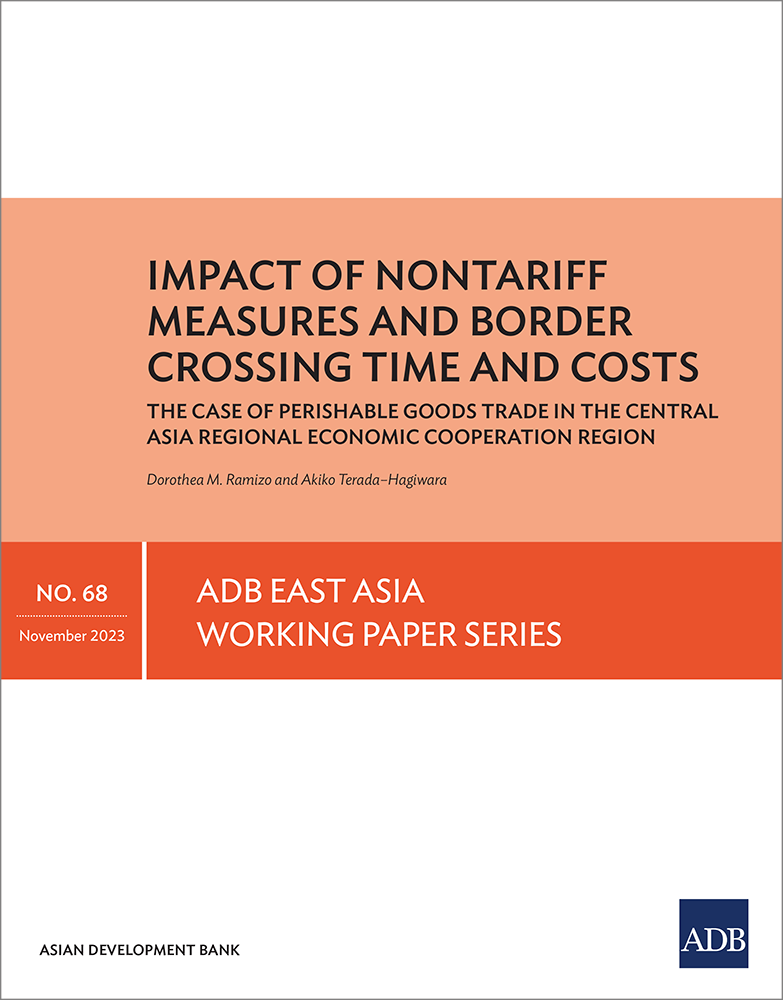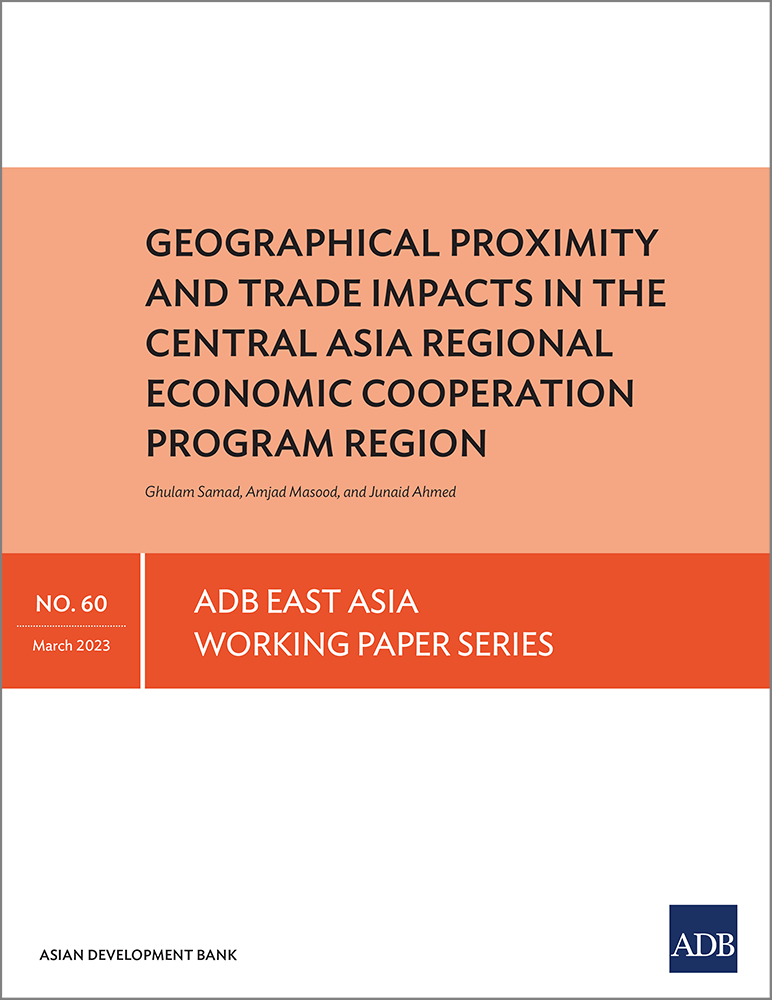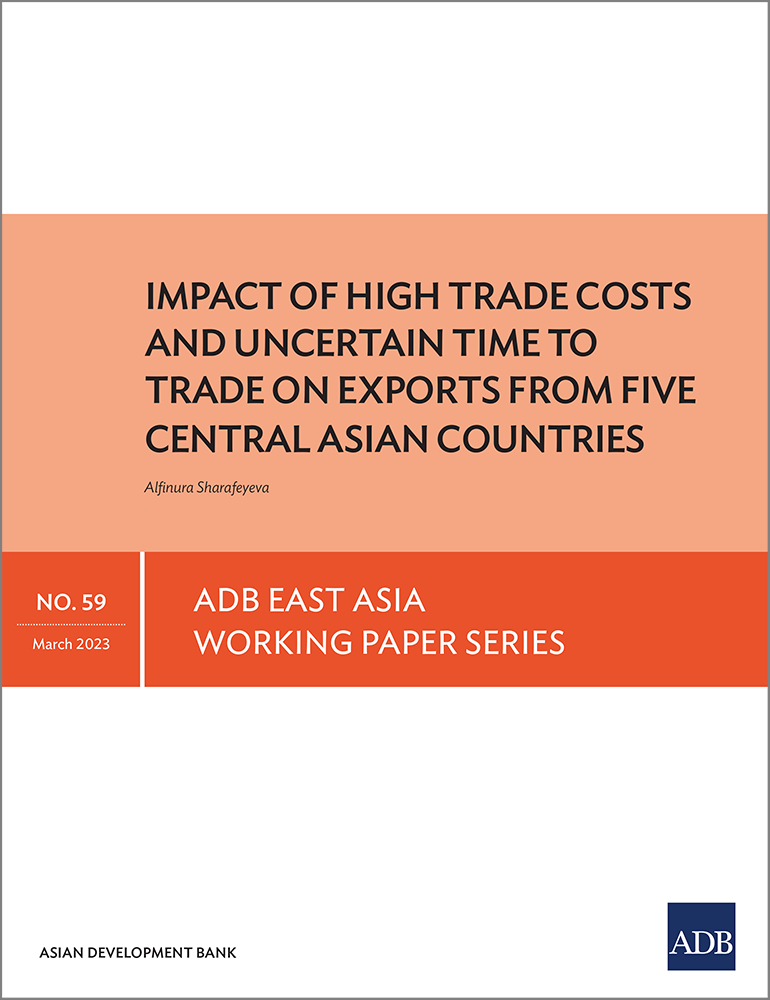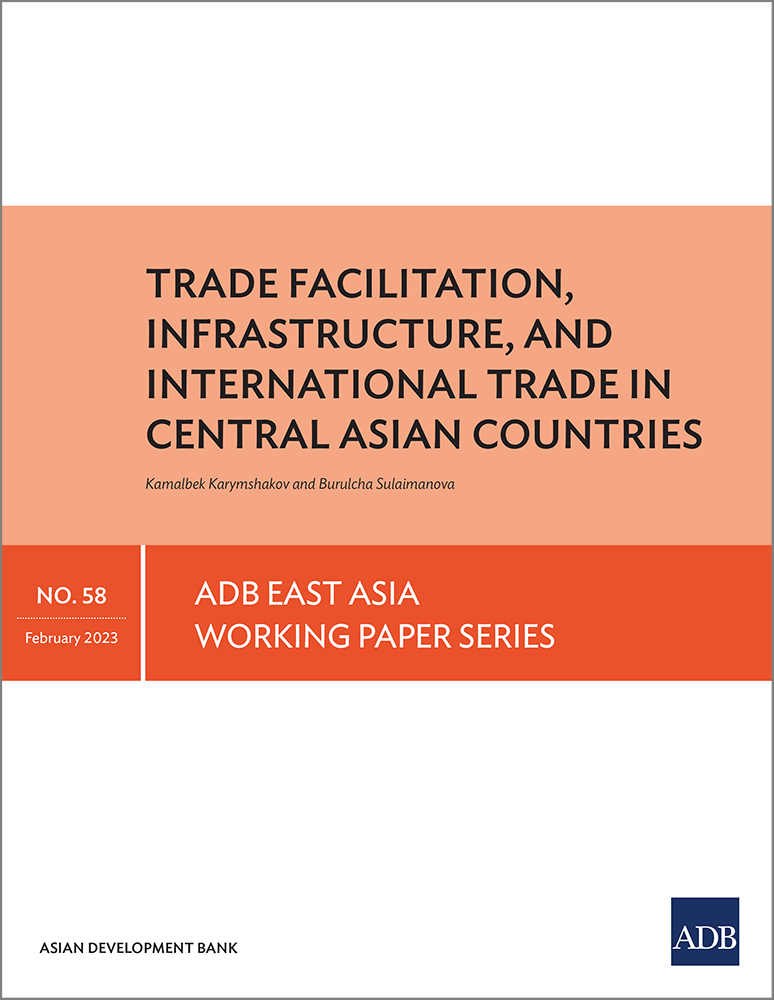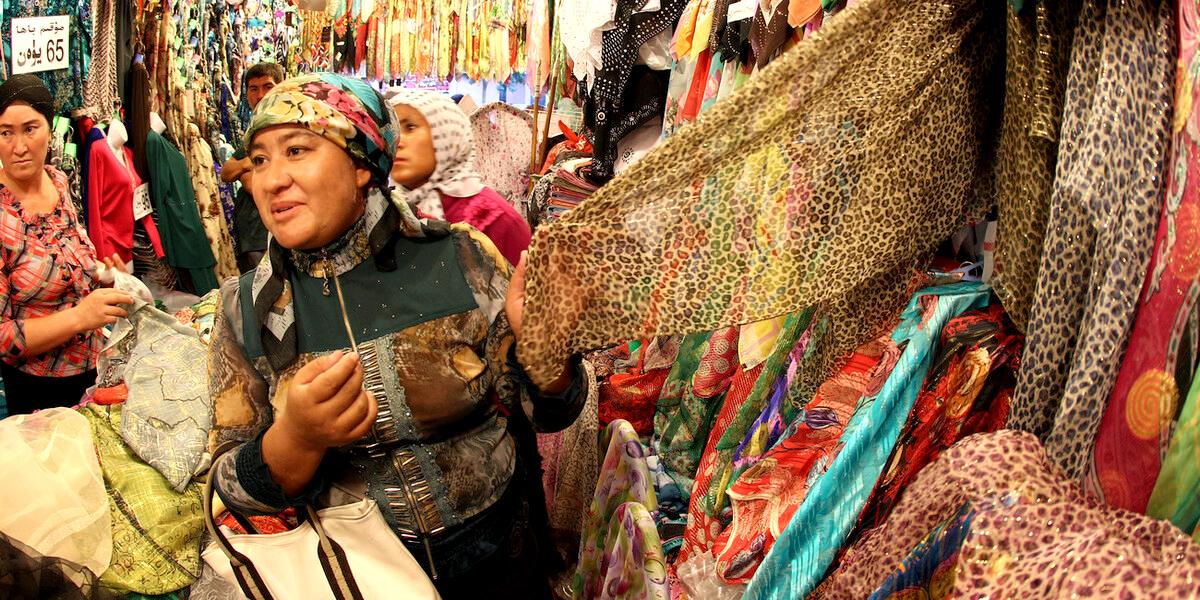
Overview
Trade between Kazakhstan, Kyrgyz Republic, and the People’s Republic of China (PRC) has traditionally been viewed through the lens of high-level agreements and major industries. However, a closer look highlights the crucial role of small and medium-sized enterprises (SMEs) as the driving force behind this trade.
While traditional cross-border commerce remains dominant, the growth of e-commerce has introduced both opportunities and challenges for SMEs. Given their substantial contributions to gross domestic product—36.5% in Kazakhstan and 43.3% in Kyrgyz Republic—these businesses are well-positioned to capitalize on expanding trade with the PRC. As a global leader in cross-border e-commerce, PRC has significantly influenced these evolving trade dynamics.
A study published by the Central Asia Regional Economic Cooperation (CAREC)[1] Institute analyzes the key drivers of trade between Kazakhstan, Kyrgyz Republic, and the PRC from the perspective of businesspeople. Special attention is given to the role of the Xinjiang Uyghur Autonomous Region in this trade, considering its historical, cultural, religious, and ethnic ties with Kazakhstan and Kyrgyz Republic.
Trade Strategies with PRC
Qualitative interviews with entrepreneurs from Kazakhstan and Kyrgyz Republic involved in cross-border trade with the PRC revealed that Central Asian companies use five strategies in their trade with the PRC:
- Direct trade with Xinjiang: Given its geographical proximity and established trade infrastructure, Xinjiang serves as a key hub for direct trade. In addition, many of Kazakhstan and Kyrgyz Republic’s businesspeople have relatives in Xinjiang who assist in sourcing Chinese commodities and coordinate the smooth transfer of goods. These companies frequently engage in cross-border transactions with Xinjiang-based suppliers and distributors, leveraging cultural, regional and economical possibilities. Kazakhstani citizens can also travel visa-free to the PRC for 30 days, so they visit Xinjiang anytime to find suppliers, contacts, etc.
- Direct trade with southern PRC regions: Some companies extend their trade networks to southern PRC, particularly Guangdong and Zhejiang provinces, which are known for manufacturing hubs and export-oriented industries. They also do business in Guangzhou and Shanghai. This strategy allows access to a broader range of products, factories, and competitive pricing, though it often requires more logistical coordination and higher transportation costs.
- Orders from Chinese marketplaces: Electronic commerce platforms have become increasingly popular among Central Asian SMEs. These marketplaces enable businesses to source goods directly from Chinese manufacturers and wholesalers, often at lower costs. However, this strategy requires familiarity with digital tools, knowledge of the Chinese language, and reliable payment and logistics solutions.
- Repurchase from local companies: Some businesses opt to source Chinese goods indirectly by purchasing from local intermediaries or distributors, who have already imported products from the PRC at a low price and in large quantities. Small shops that sell clothes, footwear, fabrics, and other items purchase commodities from local warehouses. This reduces the complexity of cross-border trade but may result in higher costs due to added margins.
- Utilization of the Khorgos Free Economic Zone (FEZ): The Khorgos FEZ, located on the Kazakhstan–PRC border, serves as a critical trade and logistics hub. SMEs use the economic zone to streamline customs procedures, reduce tariffs, and facilitate the storage and re-export of goods. SMEs purchase commodities at a cheaper price and re-sell on the local market and/or trade centers. This strategy is advantageous for businesses looking to minimize costs and enhance efficiency in cross-border trade.
The adoption of these strategies depends on the company’s size, industry, and access to resources. Larger firms with greater financial and logistical capabilities are more likely to diversify their approaches to maximize their competitive advantage by combining direct trade with factories and e-commerce. In contrast, smaller SMEs may focus on one or two strategies due to resource constraints, often relying on intermediaries or localized trade networks. This strategic diversity highlights the adaptability of Central Asian businesses in navigating the complexities of trade with the PRC.
Challenges
Lack of interest in factories. Businesses in Kazakhstan and Kyrgyz Republic show little interest in Urumqi’s (northwestern PRC) factories, which produce limited goods. Entrepreneurs who come to Urumqi deal with companies’ representatives operating from warehouses near wholesale bazaars. The product range presented by these companies is usually limited and delivered to Urumqi at a higher price. For Central Asian entrepreneurs who have only started doing their businesses in Urumqi, local representatives (local Uyghurs, Kazakhs, and Kyrgyz, known as pomogaiki) provide services such as supplier searches, translation, and negotiations, and charge 100–200 yuan per day or take a 20% commission on purchases.
High markups. Majority of goods delivered to Central Asian markets from the PRC, have a substantial markup, several times higher than the original price charged by the supplier. For example, fabrics at Madina Bazaar in Kyrgyz Republic’s capital, Bishkek, pass through multiple resale stages. This supply chain can involve 5–7 markups. Re-branding and reselling are common not just in textiles but also in other sectors, including equipment, home products, and furniture.
Regulatory barriers. Despite efforts to export local products to the PRC, stringent certification, licensing, and laboratory requirements remain as major obstacles. Attempts of companies in Kyrgyz Republic to sell camel milk, nuts, dried fruits, and licorice on an e-commerce platform have largely been unsuccessful due to certification challenges and unmet volume requirements.
Need for intermediaries. To ensure quality of goods, Central Asian businesses hire intermediaries in the PRC to negotiate and inspect orders, with fees reaching up to 20% of the contract value. Finding reliable intermediaries can be challenging due to market competition and the risk of fraud.
High order volumes. Working with businesses in southern PRC regions is feasible mainly for medium and large enterprises due to high financial commitments, with fabrics are sold in wholesale quantities, far beyond most Kyrgyz Republic producers’ needs. Kyrgyz manufacturers prefer smaller purchases to test the market, avoiding the risk of unsold inventory.
Opportunities
Affordability for SMEs. Trade with Xinjiang is well suited for small-scale businesses. Kyrgyz Republic’s shop owners use industry contacts to send images of needed goods via an app; negotiate prices, quantities, and delivery dates with Urumqi suppliers; and arrange shipments. Transactions are fast and convenient, allowing them to order small quantities to test market demand. If demand grows and funds are available, they can explore other sourcing and delivery channels.
PRC–Kyrgyzstan-Uzbekistan railway. Kyrgyz Republic’s business sector is optimistic about the PRC–Kyrgyz Republic–Uzbekistan railway, especially as it passes through Torugart, a key border crossing. Located near this crossing, Naryn’s Free Economic Zone offers significant opportunities and has the potential to become a logistics and trade hub similar to Khorgos. This would enable businesses to buy Chinese goods and resell them locally at higher profits.
Unlike Khorgos, which is unpopular due to poor infrastructure and unfavorable and unprofitable conditions, Naryn’s duty-free zone is expected to be well received, boosting regional development. Kashgar’s Free Trade Zone in Xinjiang will supply goods like fabrics and fittings, reducing logistics costs and enhancing cooperation. However, development of the railway and Naryn’s FEZ may divert to Kazakhstan trade routes currently passing through Khorgos in Kyrgyz Republic.
Installment payments. Paying sellers in Xinjiang in installments makes it convenient for buyers in Kazakhstan and Kyrgyz Republic to do business. Most transactions occur informally through local intermediaries, who confirm payments with Chinese partners.
Positioning beyond trade. Enhancing Khorgos’ appeal as a shopping and sightseeing destination could attract more visitors and diversify revenue streams. Positioning the free economic zone as a regional trade and cultural exchange hub could strengthen its importance in Central Asia.
Policy Recommendations
The proposed policy actions may guide policymakers, trade facilitators, and business stakeholders seeking to improve the cross-border trade of Kazakhstan and Kyrgyz Republic with the PRC.
- Introduce a visa-free regime. Kyrgyz Republic and the PRC can negotiate bilateral agreements to facilitate the travel of citizens between these countries.
- Improve trade and E- commerce data collection and accessibility. National statistics authorities can publish standardized country-level cross-border trade and e-commerce trade statistics regularly.
- Raise business awareness. Business and regional trade associations can organize trade forums and workshops and create online platforms and guidebooks to highlight trade regulations, procedures, and opportunities in the PRC, specifically in the Xinjiang region.
- Foster SME participation in global online marketplaces. Relevant government offices can provide training and certification for SMEs to meet Chinese and international e-commerce standards. They can also invest in high-speed internet and mobile connectivity, as well as develop clear and supportive legal frameworks for e-commerce.
- Simplify trade and customs procedures. Relevant government offices can harmonize procedures with the PRC by aligning customs regulations and standards, and reduce complexity in tax regulations for cross-border trade, especially for SMEs. They can also create digital platforms for real-time foreign exchange transactions and hedging services.
While challenges, such as regulatory barriers, logistical bottlenecks, and competition persist, opportunities arising from regional integration, e-commerce, and infrastructure development offer significant potential for growth for Kazakhstan and Kyrgyz Republic’s cross-border trade with the PRC.

Zalina Enikeeva
Research Fellow, Institute of Public Policy and Administration, University of Central Asia


